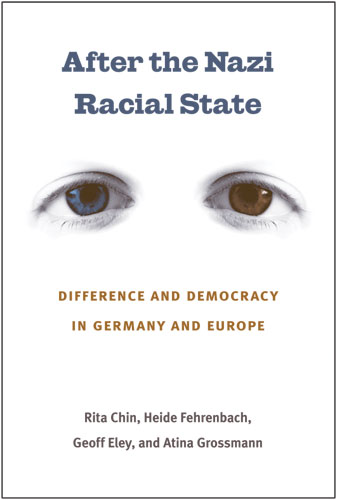Image Matters: Archive, Photography, and the African Diaspora in EuropePosted in Anthropology, Books, Europe, Literary/Artistic Criticism, Media Archive, Monographs, United Kingdom on 2013-08-12 20:33Z by Steven |
Image Matters: Archive, Photography, and the African Diaspora in Europe
Duke University Press
2012
256 pages
118 photographs, 10 illustrations
Paperback ISBN: 978-0-8223-5074-3
Cloth ISBN: 978-0-8223-5056-9
Tina M. Campt, Professor of Women’s, Gender and Sexuality Studies and Director of the Africana Studies Program
Barnard College
In Image Matters, Tina M. Campt traces the emergence of a black European subject by examining how specific black European communities used family photography to create forms of identification and community. At the heart of Campt’s study are two photographic archives, one composed primarily of snapshots of black German families taken between 1900 and 1945, and the other assembled from studio portraits of West Indian migrants to Birmingham, England, taken between 1948 and 1960. Campt shows how these photographs conveyed profound aspirations to forms of national and cultural belonging. In the process, she engages a host of contemporary issues, including the recoverability of non-stereotypical life stories of black people, especially in Europe, and their impact on our understanding of difference within diaspora; the relevance and theoretical approachability of domestic, vernacular photography; and the relationship between affect and photography. Campt places special emphasis on the tactile and sonic registers of family photographs, and she uses them to read the complexity of “race” in visual signs and to highlight the inseparability of gender and sexuality from any analysis of race and class. Image Matters is an extraordinary reflection on what vernacular photography enabled black Europeans to say about themselves and their communities.



